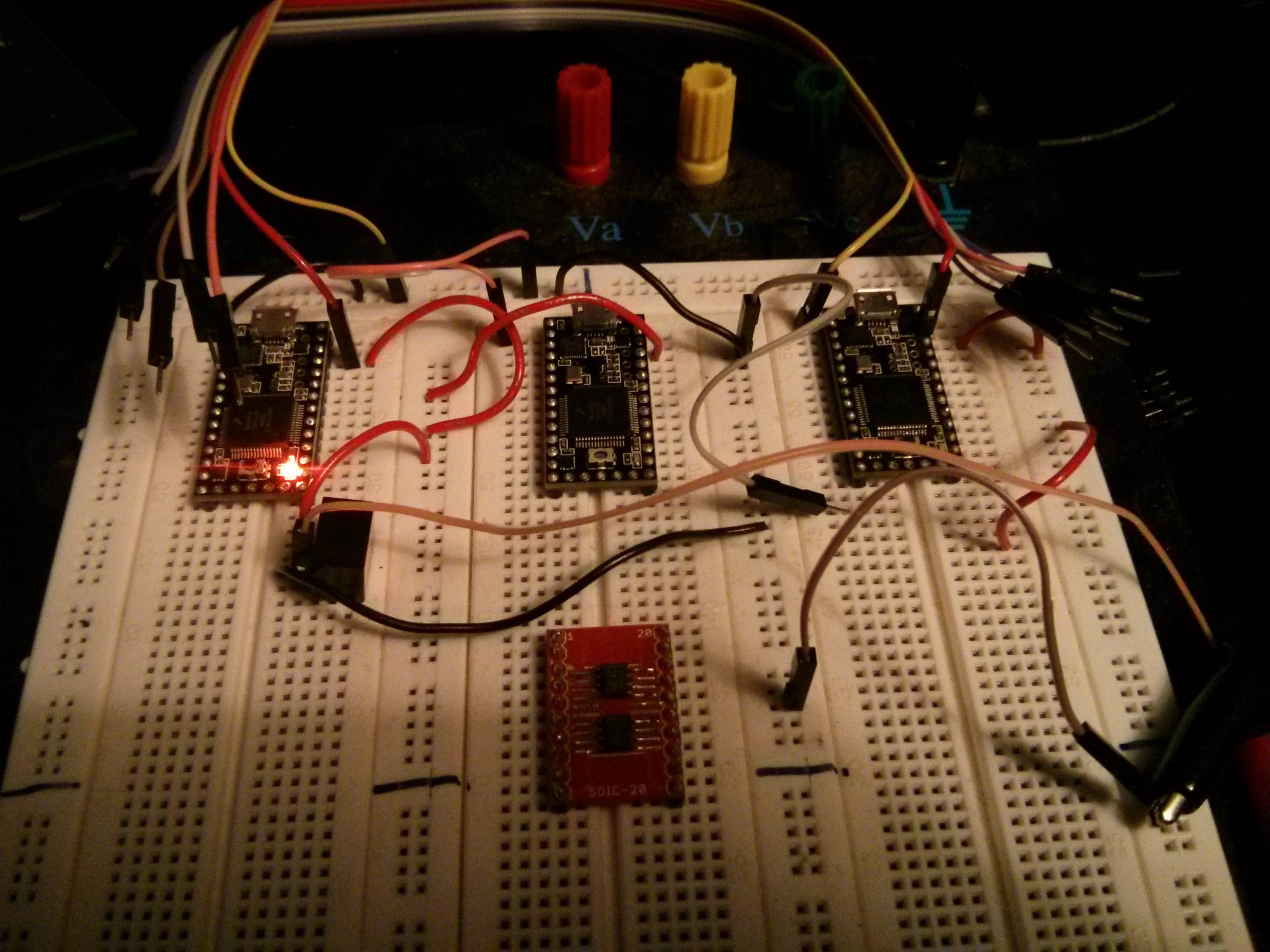tunahammer
Active member
Is it acceptable for long term use to bypass the VIN on the teensy and to power via the 3.3v from this:
http://www.adafruit.com/datasheets/tsr1.pdf TSR 1-2433
http://www.adafruit.com/datasheets/tsr1.pdf TSR 1-2433
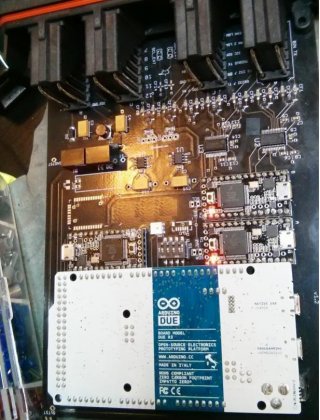

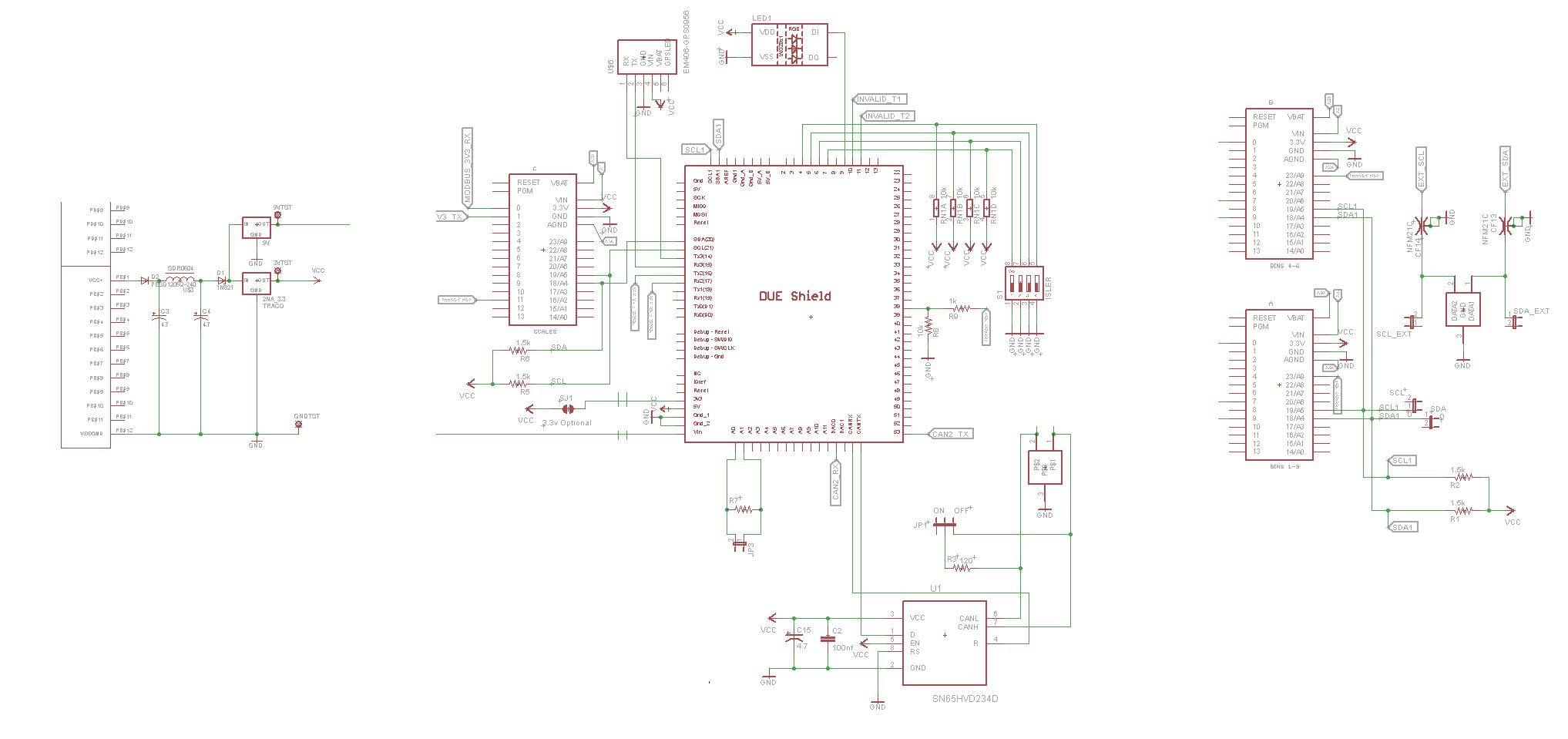


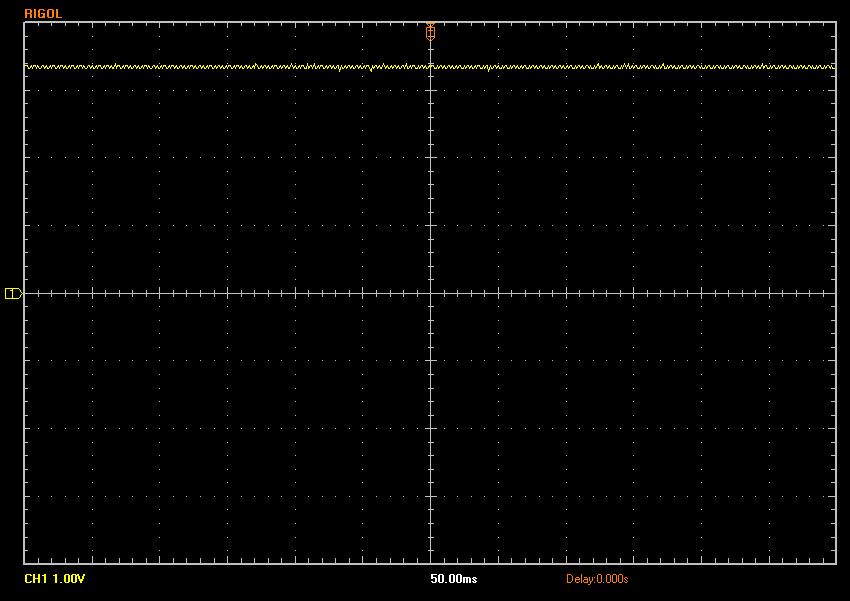
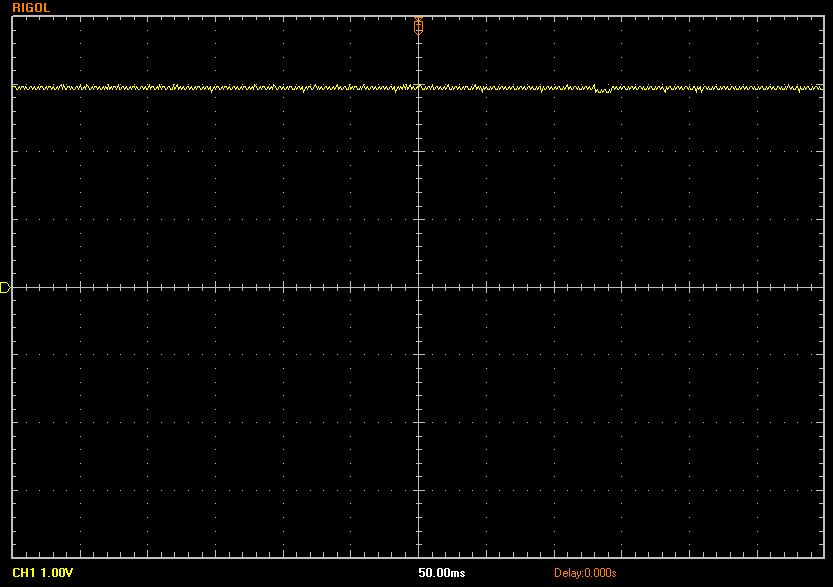
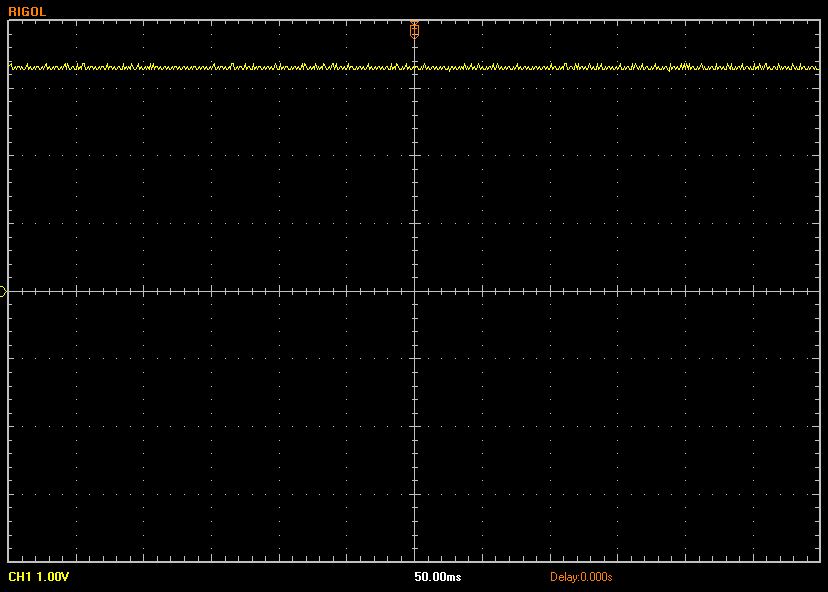
#include <Wire.h>
const int ledPin = 13;
char incOne[8] = {0};
char incTwo[8] = {0};
char incThree[8] = {0};
byte serialData[13] = {0};
const int cR = 13;
byte serialChar =0;
byte i2 =0;
int j = 0;
// timer holds time since last update from scales
long serialMillis1 = 0;
long serialMillis2 = 0;
long serialMillis3 = 0;
//
long intervalTime = 5000;
int iAmStillAliveCounter = 0;
//values of scale data turned into ints for comparison
long intScale1 = 0;
long intScale2 = 0;
long intScale3 = 0;
byte debug = 0;
void setup() {
Wire.begin(2);
Wire.onRequest(requestEvent);
Serial1.begin(9600);
Serial2.begin(9600);
Serial3.begin(9600);
pinMode(ledPin, OUTPUT);
pinMode(12, OUTPUT);
delay(1000);
// Serial1.println("Good Morning I am Serial 1 ");
// Serial2.println("Good Morning I am Serial 2 ");
// Serial3.println("Good Morning I am Serial 3 ");
}
//these functions are for setting appropriate bits in the serial data stream
void setFlag(int flagNumber){
bitSet (serialData[12], flagNumber);
}
void clearFlag( int flagNumber){
bitClear(serialData[12], flagNumber);
}
void loop() {
unsigned long currentMillis = millis();
digitalWrite(ledPin, HIGH); // set the LED on
if (Serial1.available() > 7) {
serialMillis1 = currentMillis;
setFlag(0);
// if (cR == Serial1.read()) {
for (byte i=0; i<8; i++) {
serialChar = Serial1.read();
if ((serialChar != 32) && (serialChar !=255)){
incOne[i2] = serialChar;
i2++;
}
}
// }
i2=0;
}
if (Serial2.available() > 7) {
serialMillis2 = currentMillis;
setFlag(1);
// if (cR == Serial1.read()) {
for (byte i=0; i<8; i++) {
serialChar = Serial2.read();
if ((serialChar != 32) && (serialChar !=255)){
incTwo[i2] = serialChar;
i2++;
}
}
// }
i2=0;
}
if (Serial3.available() > 7) {
serialMillis3 = currentMillis;
setFlag(2);
// if (cR == Serial1.read()) {
for (byte i=0; i<8; i++) {
serialChar = Serial3.read();
if ((serialChar != 32) && (serialChar !=255)){
incThree[i2] = serialChar;
i2++;
}
}
// }
i2=0;
}
if (currentMillis - serialMillis1 > intervalTime)
{
// Serial.println("Serial 1 Timeout");
clearFlag(0);
}
if (currentMillis - serialMillis2 > intervalTime)
{
// Serial.println("Serial 2 Timeout");
clearFlag(1);
}
if (currentMillis - serialMillis3 > intervalTime)
{
// Serial.println("Serial 3 Timeout");
clearFlag(2);
}
serialData[0] = intScale1 & 0xFF;
serialData[1] = (intScale1 >> 8) & 0xFF;
serialData[2] = (intScale1 >> 16) & 0xFF;
serialData[3] = (intScale1 >> 24) & 0xFF;
serialData[4] = intScale2 & 0xFF;;
serialData[5] = (intScale2 >> 8) & 0xFF;
serialData[6] = (intScale2 >> 16) & 0xFF;
serialData[7] = (intScale2 >> 24) & 0xFF;
serialData[8] = intScale3 & 0xFF;;
serialData[9] = (intScale3 >> 8) & 0xFF;
serialData[10] = (intScale3 >> 16) & 0xFF;
serialData[11] = (intScale3 >> 24) & 0xFF;
delay(130);
if (serialData[12] > 0)
{
digitalWrite(ledPin, LOW); // set the LED off
iAmStillAliveCounter = 0;
}
else{
iAmStillAliveCounter= iAmStillAliveCounter+1;
}
if (iAmStillAliveCounter > 20){
digitalWrite(ledPin, LOW);
delay(50);
digitalWrite(ledPin, HIGH);
iAmStillAliveCounter = 0;
}
delay(130);
}
void requestEvent()
{
Wire.write(serialData,13); // respond with message of 18 bytes
// as expected by master
}void setup(){
Serial.begin(57600);
// Serial2.begin(9600);
delay(10000);
Wire1.begin();
Wire.begin();
pinMode(13, OUTPUT);
// pinMode(dipOne, INPUT);
// LED SETUP
strip.begin();
strip.show(); // Initialize all pixels to 'off'
//LED END
}
void loop() {
Wire1.requestFrom(2, 13); // request 18 bytes from slave device #2
while(Wire1.available()) // slave may send less than requested
{
for (int i=0; i<13; i++){
teensyOne[i] = Wire1.read();
}
}
Wire1.requestFrom(3, 13); // request 18 bytes from slave device #2
while(Wire1.available()) // slave may send less than requested
{
for (int i=0; i<13; i++){
teensyTwo[i] = Wire1.read();
}
}
Wire.requestFrom(4, 32); // request 18 bytes from slave device #2
while(Wire.available()) // slave may send less than requested
{
for (int i=0; i<32; i++){
teensyModbus[i] = Wire.read();
}
}
Process data like a boss then output to CAN then loopOK, to correct again... after pulling the 9V the system is basically working 90% of the time I turn it on now. Somehow even the i2c is working :/ I don't see how it could possibly be affecting the rest, it's so isolated? Is there something else I should do to the 9V - seems outside the scope of here (sorry).
